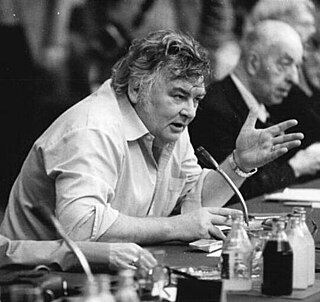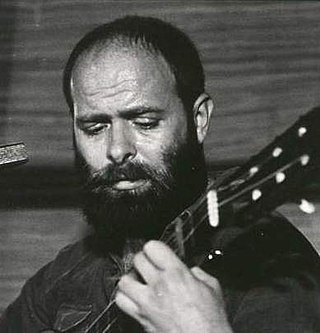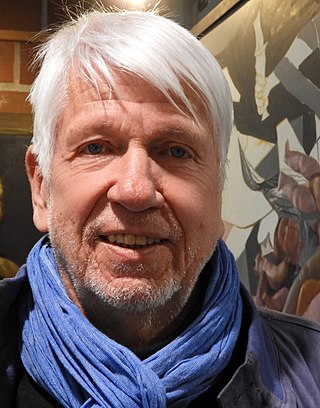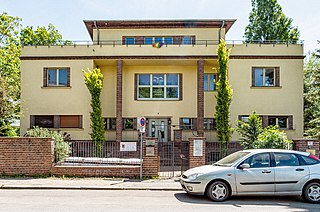
Freiberg is a university and former mining town in Saxony, Germany. It is a Große Kreisstadt and the administrative centre of Mittelsachsen district.

Abraham Gottlob Werner was a German geologist who set out an early theory about the stratification of the Earth's crust and propounded a history of the Earth that came to be known as Neptunism. While most tenets of Neptunism were eventually set aside, Werner is remembered for his demonstration of chronological succession in rocks; for the zeal with which he infused his pupils; and for the impulse he thereby gave to the study of geology. He has been called the "father of German geology".

Waldstraßenviertel, is a neighbourhood in the north west of Leipzig's borough Mitte in Saxony, Germany. It is considered one of the largest complete areas of Gründerzeit buildings in Europe and is therefore considered of important cultural and heritage status. Many of its buildings are therefore protected or listed.

Erik Neutsch was one of the most successful writers in East Germany.

Werner Bernreuther is a German actor, singer-songwriter, writer, poet, translator and painter.
The following is a timeline of the history of the city of Halle an der Saale, Germany.

Merseburg Hauptbahnhof is the main station of the town of Merseburg in the German state of Saxony-Anhalt. It is located on the Halle–Bebra railway and Deutsche Bahn assigns it to category 4. Merseburg is located in the tariff area of the Mitteldeutscher Verkehrsverbund.

The Mitteldeutscher Verkehrsverbund (MDV) is a transport association in the German Leipzig-Halle (Saale) area. The company is based in Halle (Saale), but its head office is in Leipzig.
Association football club RB Leipzig-affiliated teams include a reserve team, women's team, and junior and academy teams.
Hans Ludwig Kurt Reinhold Grüß was a German musicologist and ensemble leader.
Karl Ottomar Treibmann was a German composer and music educator. From 1981 until his retirement in 2001, he was professor of music theory and Tonsatz at the Leipzig University. He was one of the representatives of modernity in the German Democratic Republic, whose great major works can be found in the areas of opera, symphony and chamber music.
Wolf-Dieter Hauschild was a German conductor, choirmaster, artistic director, composer, harpsichordist and university lecturer.
The Ludwig Schuster Quartet was a string quartet from Halle (Saale) active in the 1950s and 1960s. It was named after first violin Ludwig Schuster.
Hagen Kunze is a German journalist, music critic and playwright.
Kurt Johnen was a German pianist, music educator and musicologist.
Fritz Reuter was a German musicologist, music educator, composer and Kapellmeister. Reuter was one of the most important German music educators of the 20th century. After studying music and musicology in Dresden and Leipzig, with Teichmüller, Riemann, Schering and Abert, he received his doctorate in 1922. In 1945, he was appointed Kapellmeister at the Volksoper in Dresden. In 1949, he was appointed as the first professor of music education at a German university. He was also director of institutes at the Martin Luther University of Halle-Wittenberg and the Humboldt University Berlin. In 1955, he was one of the initiators of the first Hallische Musiktage.

Werner Heiduczek was a German writer. His works have been translated into more than 20 languages and name as author – depending on the language region – Verner Gajduček, Verners Heidučeks or Verneris Heidućekas.
Raymund Brachmann was a German architect, who created several highly regarded buildings of Jugendstil and reform architecture in Leipzig between 1900 and the First World War.

Michael Hametner is a German–Austrian journalist, editor, writer and literary and theater critic

The Saxon Psychiatric Museum is a small museum in Leipzig and deals with the history of lunatic asylums and psychiatry. It is organized by the Durchblick association, an initiative for people affected by psychiatry in Leipzig. It was founded in 2000. The special exhibitions deal with individual fates, careers and institutions:










